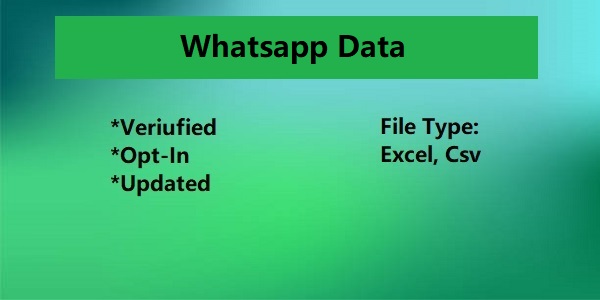On relationships between data entities and use graph theory to model and query data. They represent data as nodes (entities) connected by edges (relationships), allowing for efficient traversal and exploration of complex relationships. Graph databases are excellent for applications that heavily rely on relationships, such as social networks, recommendation systems, and fraud detection. They excel at querying interconnections between entities and providing insights into network patterns and dependencies. Graph databases offer high performance for graph-like queries and are designed to handle vast amounts of connected data., and supporting the smooth operation of applications and systems.
Body: data organization and storage
The primary purpose of a database is to organize and store data in a structured manner. Databases offer a systematic Denmark WhatsApp Number List approach to categorize, label, and store data, making it easier to locate, retrieve, and update information. By structuring data into tables, records, and fields, databases eliminate redundancy and promote data integrity, ensuring consistency and accuracy of stored information. Data retrieval and accessibility (approx. 200 words): databases enable efficient data retrieval by providing mechanisms to search, filter, and sort information based on specific criteria.
Through the use of queries, users can
Extract desired data subsets from a vast pool of information. This purpose allows quick access to relevant data, empowering individuals and organizations to make informed decisions and gain valuable insights. Data integration and consolidation (approx. 200 words): databases serve as a central repository that allows the integration and consolidation of data from AGB Directory various sources. By harmonizing data from different systems and applications, databases facilitate a holistic view of information, enabling comprehensive analysis and reporting. This purpose is particularly important in enterprise environments.

